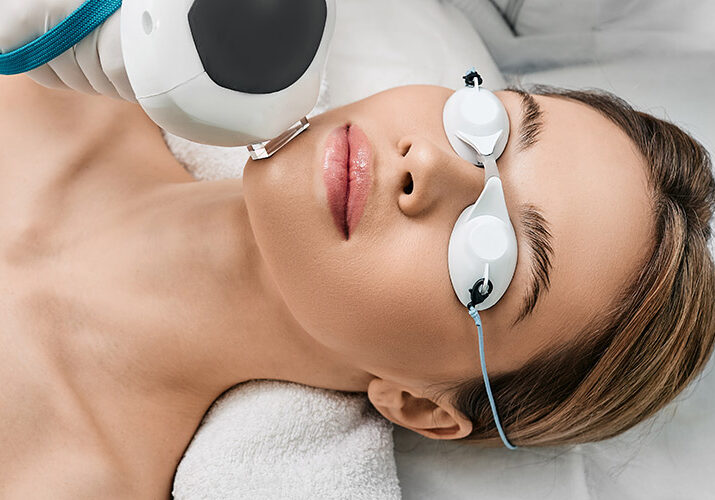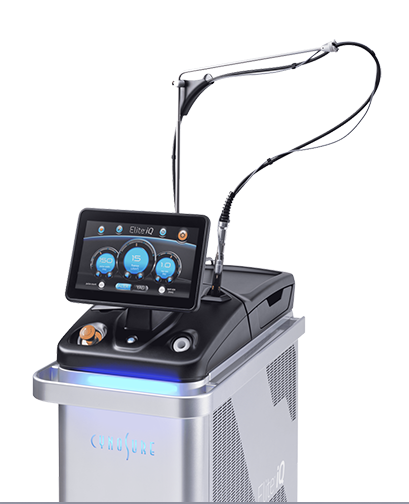Laser Facial Resurfacing

YOUR NEW FRESH LOOK IS ONLY A WEEKEND AWAY!
Laser Facial Resurfacing utilizes the most advanced laser technology in anti-aging.
These treatments use lasers to reduce the signs of aging, improve skin texture, laxity and tone, and reduce scars and stretch marks. Laser facial resurfacing is ideal for patients seeking a dramatic improvement in a single session — enabling a high rate of improvement for skin damage and skin tone with minimal downtime.
HOW LASER FACIAL RESURFACING WORKS
Laser facial resurfacing can be done with:
Ablative laser. This type of laser removes the thin outer layer of skin (epidermis) and heats the underlying skin (dermis), which stimulates the growth of collagen — a protein that improves skin firmness and texture. As the epidermis heals and regrows, the treated area appears smoother and tighter. Types of ablative therapy include a carbon dioxide (CO2) laser, an erbium laser and combination systems.
Nonablative laser or light source. This approach also stimulates collagen growth. It's a less aggressive approach than an ablative laser and has a shorter recovery time. But the results are less noticeable. Types include pulsed-dye laser, erbium and intense pulsed light (IPL) therapy.
Both methods can be delivered with a fractional laser, which leaves microscopic columns of untreated tissue throughout the treatment area. Fractional lasers were developed to shorten recovery time and reduce the risk of side effects.*
* Source: Mayo Clinic. Photo courtesy of Cynosure. Multiple laser brands can used to perform laser facial resurfacing.

Laser facial Resurfacing addresses:

TEXTURE
Improves uneven skin damage and skin tone with minimal downtime.

Laxity
Dramatically reduces signs of aging and laxity in a single session.

Pigment
Dramatically decreases hyperpigmentation, age spots and sun damage.

SCARRING
Decreases the texture and tone of scars, including acne scars.
